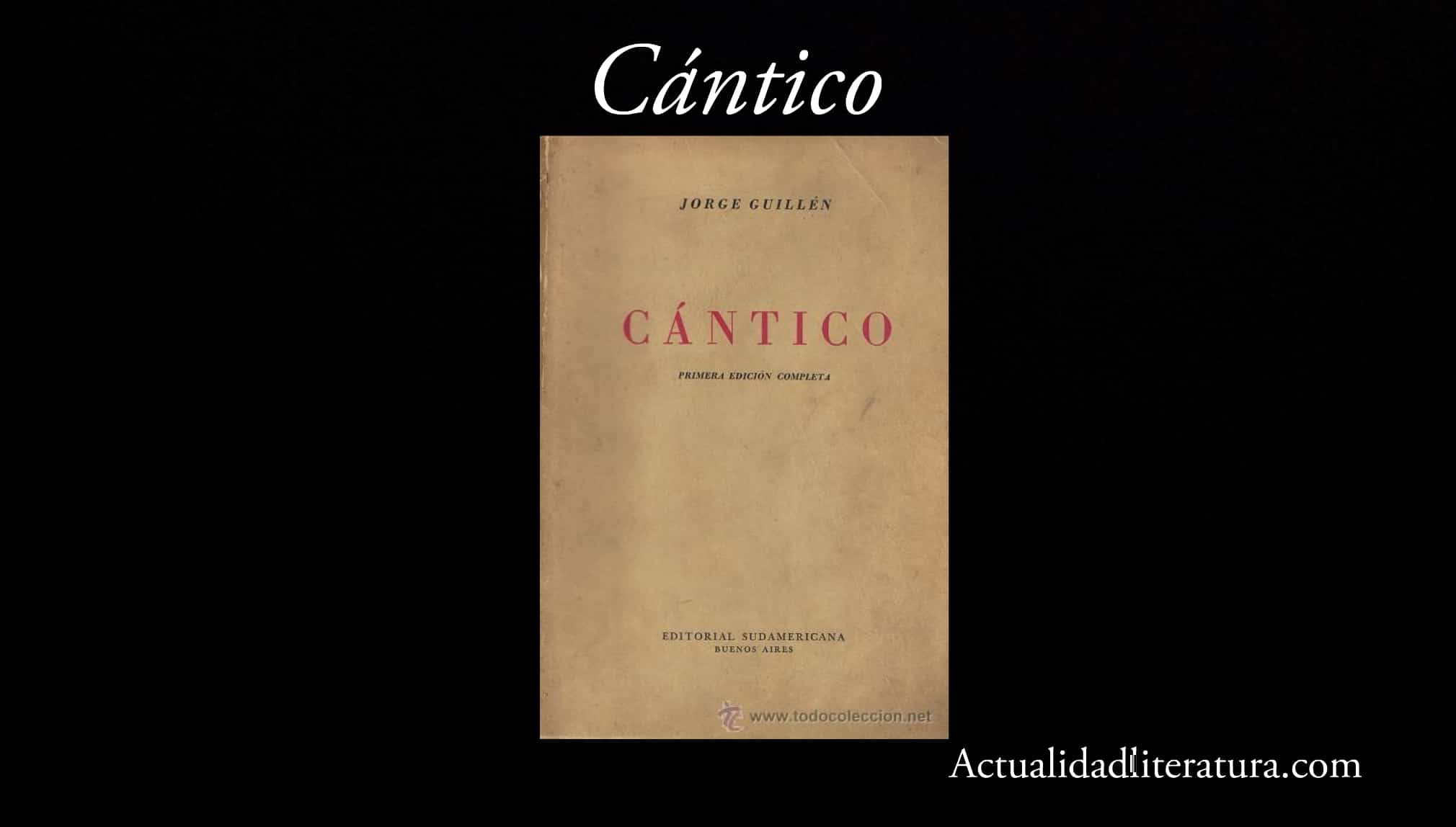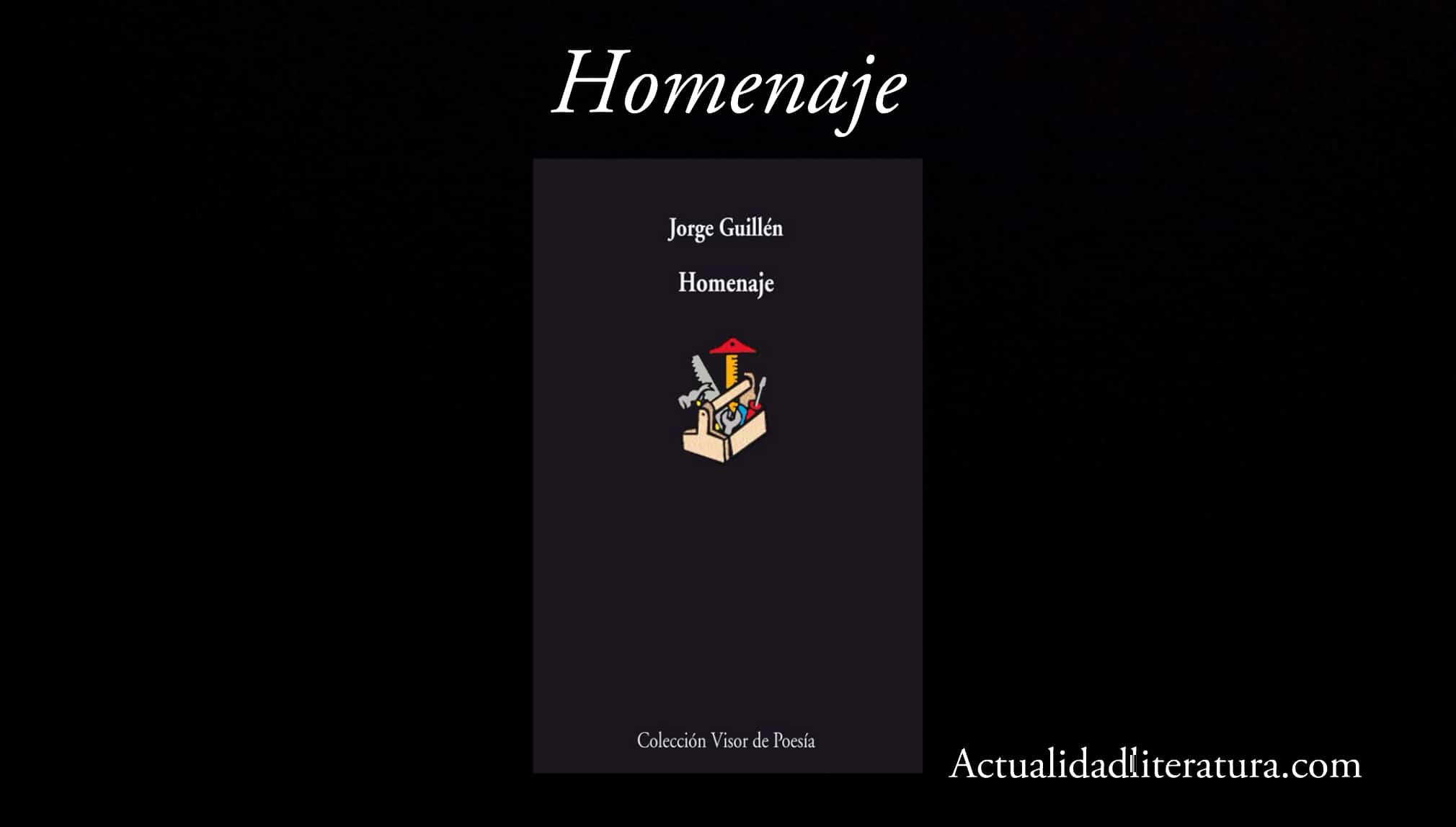
Phrase by Jorge Guillén.
Jorge Guillén Álvarez (Valladolid, 1893 - Málaga, 1984) was a poet member of the Generation of 27 characterized by an unusual optimistic outlook on the world. That vision made him enemies among many Spanish artists who suffered the aftermath of the Civil War. For this reason, historians often compare his position (as opposed to) Aleixandre's poetic pessimism.
On the other hand, Guillén is considered a late poet - his first publication appeared when he was 35 years old - as well as a direct disciple of Juan Ramón Jiménez. Prior to its literary premiere, He served as critic and collaborator for the most important intellectual magazines of the time in Spain. Between them, Spain, La Pluma, Index y Western Magazine.
Biography
Jorge Guillén was born in Valladolid, the 13 of January of 1893. From his childhood he attended the Colegio de San Gregorio until he moved to Freiburg at the age of 16 to study French. Later, stayed at the famous Madrid Student Residence while studying Philosophy and Letters in the Spanish capital. Although his degree was finally obtained at the University of Granada.
Marriage and first academic works
Between 1909 and 1911 he lived in Switzerland. Then, from 1917 to 1923 he was a Spanish reader at La Soborna in Paris, where he began to write his first poems. This was a period of many travels; in one of them met Germaine Cahen, whom he married in 1921. The couple had two children, Claudio and Teresa (The first became a critic and expert in comparative literature).
Jorge Guillén returned to Spain in 1923. The following year He obtained his doctorate and from 1925 began to teach Spanish Literature at the University of Murcia. Despite his academic obligations, Guillén went with some regularity to the Residencia de los Estudiantes, where he made friends with figures such as Federico García Lorca and Rafael Alberti.
Your role within the Generation of 27
The 1920s was a time when Guillén began to work within a stream of "pure poetry." It was a creative inclination characterized by the precision of the content and the absence of the common ornaments of modernism. Your first post, Chant (1923), consisted of 75 poems published in The Western Magazine.
Guillén conceived his writings as a continuous work, therefore, Chant It was published successively until 1950. His characteristic verbal rigor delayed the publication of Chant in book format until 1928. This style of refined lyrical composition was also endorsed by other colleagues from Generation of 27. Among them, Pedro Salinas, Vicente Aleixandre and Dámaso Alonso.
Before and after the Civil War
Jorge Guillén completed a second doctorate at Oxford between 1929 and 1931. Back in Spain He served as Professor of Literature at the University of Seville until the outbreak of the Civil War in 1936. After the start of the war he was briefly arrested in Pamplona, once imprisoned he returned to his position in Seville and translated I sing to the martyrs of Spain by Paul Claudel.

Canticle.
You can buy the book here: Chant
This work was interpreted as an approach to the Spanish Falange and Guillén did not take long to regret it. In any case, the Ministry of Education prohibited him from holding academic or administrative positions. For this reason, Guillén decided to go into exile in the United States in 1938.
Exile
In North America, Guillén returned to teaching Literature and Letters at the Universities of Middlebury, McGill (Montreal) and at Wellesley College. It was work interrupted three times. First when he became widowed in 1947. Then, in 1949 he spent a few weeks in Malaga visiting his sick father. Finally, he retired in 1957 from Wellesley College and moved to Italy in 1958.
There, in Florence, he met Irene Monchi-Sismondi, whom he married in Bogotá on October 11, 1961. Shortly after, he returned to work teaching courses and conferences at Harvard University and in Puerto Rico. But A fall with a hip fracture forced Jorge Guillén to retire permanently from teaching in 1970.
Last years
At the end of Franco's dictatorship, the Valladolid writer decided to return to Spain, then settled in Malaga from 1975. From that moment until his death (on February 6, 1984), the Valladolid writer received many recognitions and distinctions. Among which, the following stand out:
- Cervantes First Prize (1976).
- Alfonso Reyes International Award (1977).
- Named honorary member of the Royal Academy of the Spanish Language (1978).
- Favorite Son of Andalusia (1983).
Poems by Jorge Guillen
"Sleeping love"
You slept, you held out your arms and by surprise
You surrounded my insomnia Did you move away like this
the sleepless night, under the prey moon?
your dream enveloped me, dreamed I felt.
"The sea is an oblivion"
The sea is an oblivion,
a song, a lip;
the sea is a lover,
faithful response to desire.
It's like a nightingale
and its waters are feathers,
impulses that raise
to the cold stars.
His caresses are dreams
they open death ajar,
they are accessible moons,
they are the highest life.
On dark backs
the waves are enjoying.
Characteristics of Jorge Guillén's work

Tribute.
Guillén's passionate poetic conception is one of constant rejoicing at the extraordinary dance of existence. In addition, it is an exaltation expressed in a well-organized, classicist way, and written with intellectual rigor. Where the absence of lyrical ornaments derives from a strict process of elimination that culminates in the creation of extraordinarily dense phrases.
Therefore, in Guillén's work each word is representative of the very essence of the poet. Where the ideas revolve around the harmony of a perfect universe and even the simplest elements of human existence are very relevant. To achieve such a degree of concreteness —without losing lyrical intention— the Spanish poet used a style based on:
- Abundant use of nouns (almost always without articles), as well as noun phrases without verb. Well, the intention is that names reflect the nature of things.
- Constant use of exclamatory sentences.
- Majority use of verses of minor art.
Chronology of his works
- Chant (1928; 75 poems).
- Chant (1936; 125 poems).
- Chant (1945; 270 poems).
- Chant (1950; 334 poems).
- Orchard of Melibea (1954)
- Of the dawn and the awakening (1956)
- Cry: Tidal Wave (1957)
- Lazarus place (1957)
- .. that they are going to give in the sea (1960)
- Natural History (1960)
- The temptations of Antonio (1962)
- According to the hours (1962)
- At the height of the circumstances (1963)
- Homenaje (1967)
- Our air: Canticle, Cry, Tribute (1968)
- Civil wreath (1970)
- On the sidelines (1972)
- And other poems (1973)
- Coexistence (1975)
- Final (1981)
- Expression (1981)